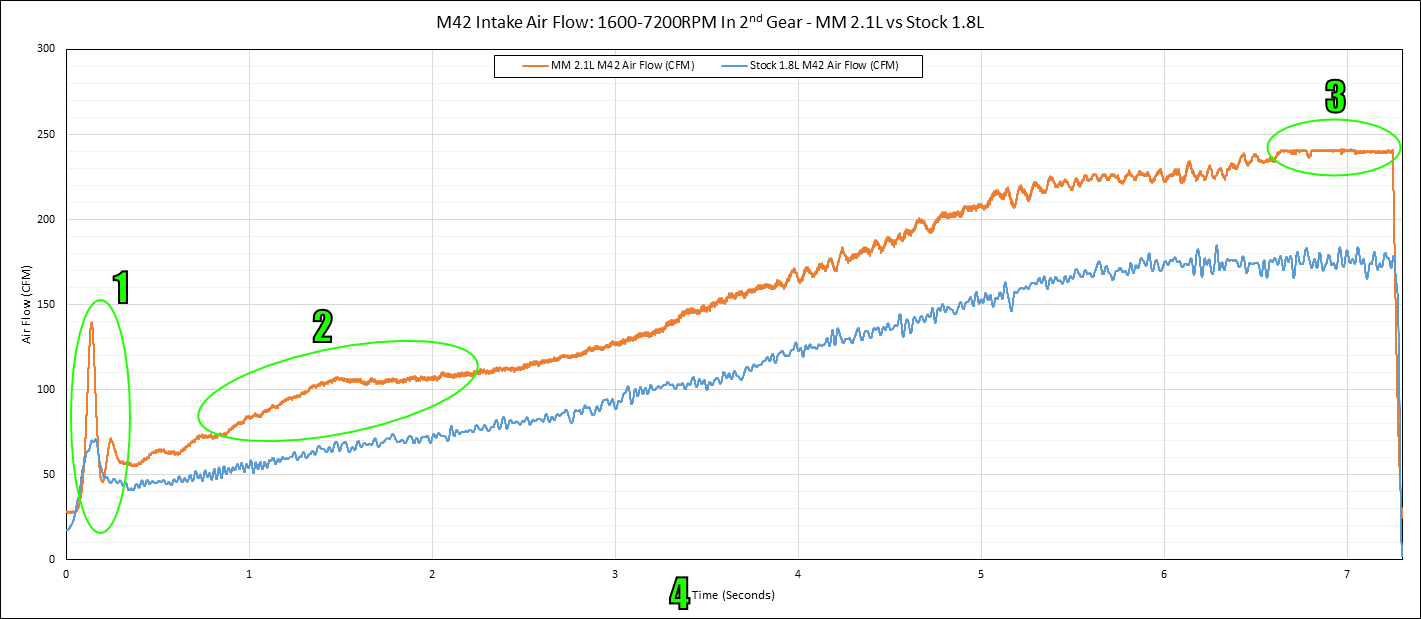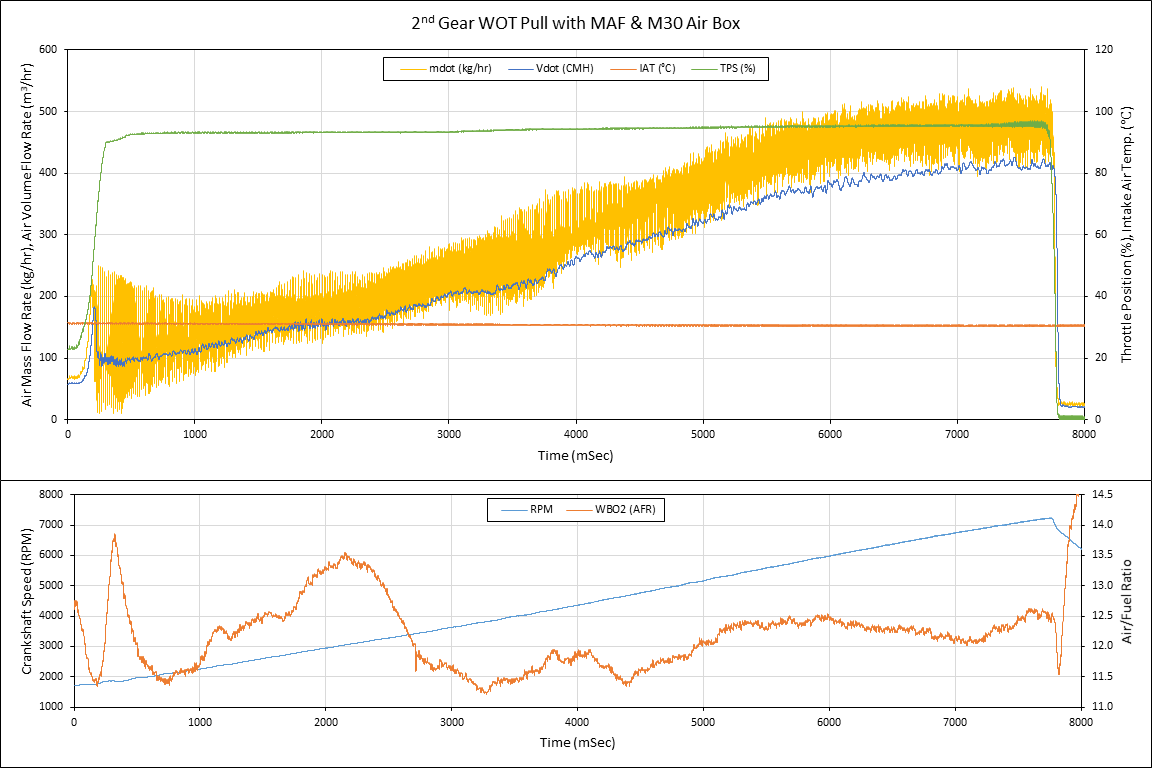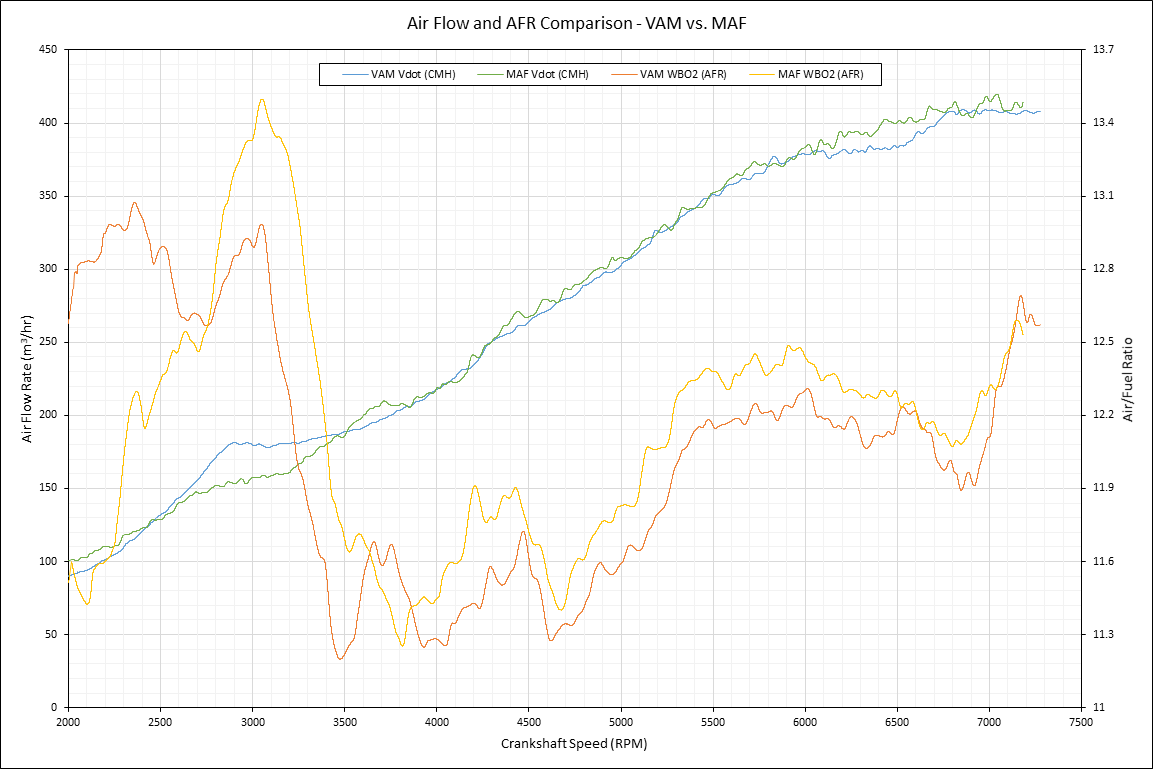I've done some searching and was supposed by the lack of info.
Are there no MAF sensor options available for the m42? Miller MAF doesn't work I assume.
Short of a piggy back or standalone we are stuck with the AFM?
Are there no MAF sensor options available for the m42? Miller MAF doesn't work I assume.
Short of a piggy back or standalone we are stuck with the AFM?









 I assumed its just a "goldfish" doing STFTs and not remembering anything
I assumed its just a "goldfish" doing STFTs and not remembering anything 
 its already partly dead...
its already partly dead...

Comment